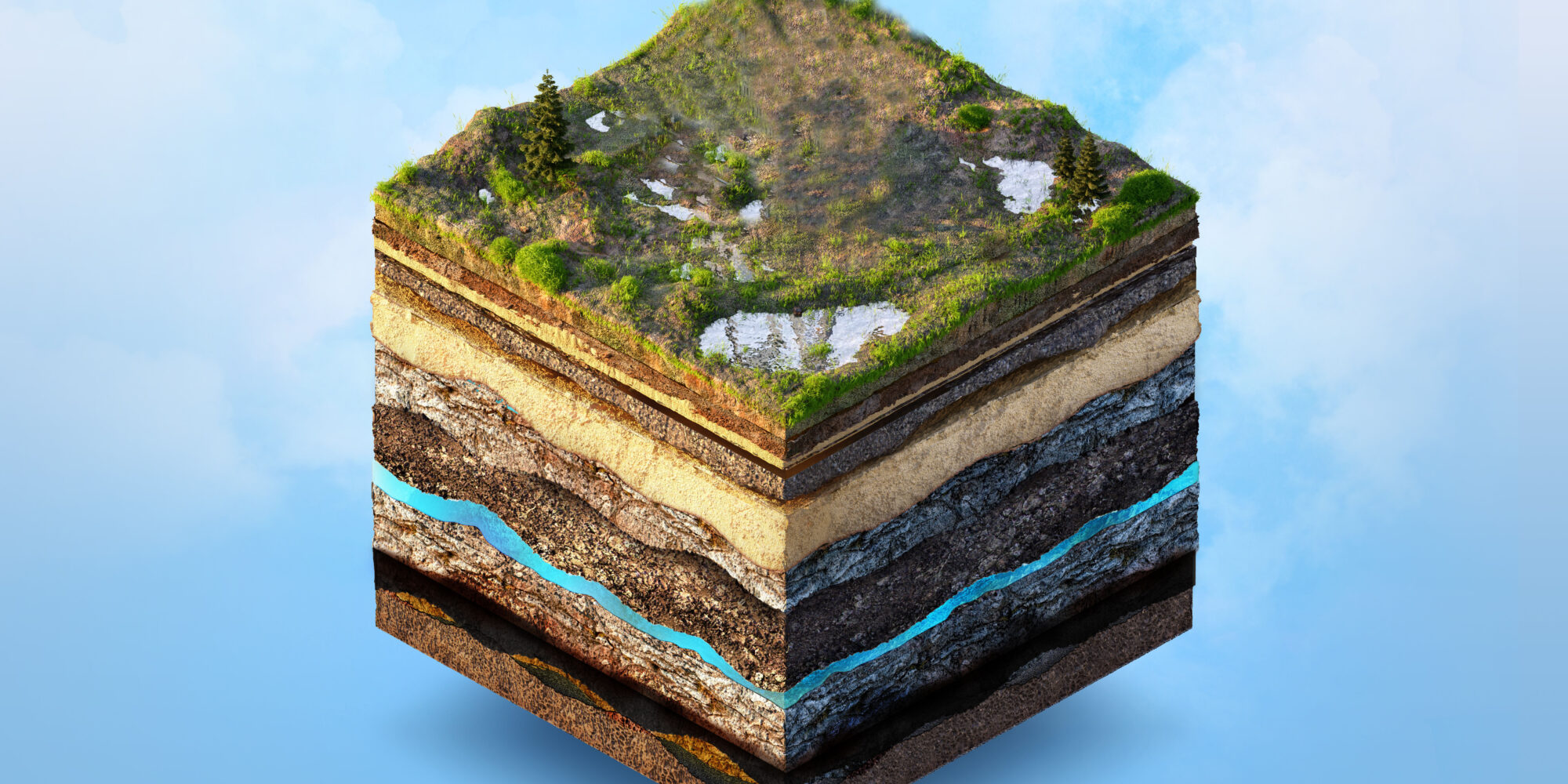Why Geotheta Stands apart in the Field of Geotechnical Engineering
Why Geotheta Stands apart in the Field of Geotechnical Engineering
Blog Article
Navigating Geotechnical Services: The Relevance of Geotechnical News, Soil Compaction Testing, and Pavement Layout in Ensuring Structural Stability
In the world of engineering and building and construction, the structure upon which a framework is constructed plays a critical role in its long life and safety and security. Geotechnical solutions, incorporating the production of geotechnical records, carrying out soil compaction screening, and meticulous sidewalk design, work as the foundation of making certain architectural stability. These necessary components not just prepared for effective job execution yet additionally mitigate possible risks that might compromise the stability and resilience of a building project. As we look into the complex interplay in between geotechnical evaluation and architectural sturdiness, the critical nature of these services in protecting versus unanticipated obstacles ends up being progressively apparent.
Value of Geotechnical Reports
Geotechnical reports play a vital duty in providing detailed insights into the soil and rock problems of a site, important for ensuring the architectural stability of construction jobs. These records are an essential part of the preliminary site examination process, providing beneficial information that influences the style, construction techniques, and general usefulness of a task. By examining soil make-up, security, and potential risks such as sinkholes or landslides, geotechnical records allow engineers to make educated choices pertaining to structure layout and building techniques.
Additionally, geotechnical records help in danger assessment and reduction techniques, assisting task stakeholders comprehend the potential obstacles that may occur throughout construction. Via comprehensive examination and interpretation of geotechnical data, engineers can develop solutions to deal with site-specific problems, guaranteeing the long-lasting stability and security of the framework. Ultimately, the extensive nature of geotechnical reports serves as an important structure for successful job preparation and implementation, lessening dangers and enhancing general job end results.

Function of Dirt Compaction Screening
Just how important is the analysis of dirt compaction through screening for making sure the security and longevity of building tasks? Dirt compaction testing plays a vital role in the construction industry by making sure that the dirt beneath a framework is appropriately compacted to support the intended tons and protect against settlement (geotheta). Properly compacted dirt gives a steady foundation for structures, roadways, and various other structures, reducing the threat of architectural failing and expensive fixings in the future
Dirt compaction testing entails gauging the density of the soil and comparing it to the optimum density achievable for that particular dirt type. This helps engineers identify if the soil has actually been compressed adequately to support the scheduled framework. By conducting soil compaction examinations during construction, engineers can recognize any type of locations that call for added compaction and take restorative measures before proceeding with further building and construction.
Value of Pavement Style
Examining soil compaction with testing not only ensures the stability and durability of building projects but also lays a critical foundation for efficient pavement layout. Proper pavement layout considers elements such as traffic tons, ecological conditions, soil characteristics, and material buildings to create a lasting and robust surface. By incorporating data from dirt compaction examinations, engineers can figure out the suitable density, materials, and layering for the sidewalk to withstand awaited tensions and preserve architectural stability over time.
Making Certain Architectural Integrity
These reports provide essential info on dirt composition, stability, and possible risks, assisting in educated decision-making throughout the layout and building stages. Furthermore, carrying out complete dirt compaction testing is essential to make sure that the dirt underneath structures or sidewalks is correctly compressed to support the intended lots and prevent settlement concerns.
Additionally, executing robust pavement style methods is vital for making certain the architectural honesty of roads, car park, and other smooth surfaces. Correct sidewalk style takes into consideration elements such as web traffic volume, ecological conditions, and dirt features to produce durable and secure transport facilities. By adhering to these techniques and using geotechnical solutions efficiently, building and construction jobs can improve their architectural integrity, reduce risks of failure, and guarantee the lasting efficiency of the developed atmosphere.
Protecting Against Risks
In light of the critical relevance put on ensuring structural stability with meticulous interest to product selection and dirt testing, protecting against dangers becomes critical in preserving the security and longevity of building tasks. Dangers in building and construction jobs can stem from various resources, consisting of natural catastrophes, soil instability, or design flaws.
Additionally, developing backup strategies and implementing robust tracking systems can help mitigate unpredicted risks that might develop during construction. Routine examinations and high quality control actions must be lugged out to guarantee that products are utilized in conformity with requirements which building methods stick to industry requirements. By proactively identifying and resolving potential threats, construction jobs can improve their durability and lessen the possibility of architectural failings, inevitably making sure the security and long life of the developed environment.
Conclusion

Dirt compaction screening plays an important function in the building and construction sector by guaranteeing that the dirt underneath a structure is effectively compressed to stop and sustain the designated lots negotiation.Soil compaction screening includes determining the density of the dirt and contrasting it to the maximum density attainable for that particular dirt type (geotheta). By performing dirt compaction tests throughout construction, designers can identify any areas that call for added compaction and take rehabilitative actions before proceeding with more construction
Additionally, carrying out extensive dirt compaction testing is vital to make certain that the dirt under sidewalks or structures https://geotheta.com is effectively compacted to support the designated lots and stop negotiation issues.
In final thought, geotechnical reports, soil compaction screening, and pavement style play crucial roles in guaranteeing the architectural stability of building jobs.
Report this page